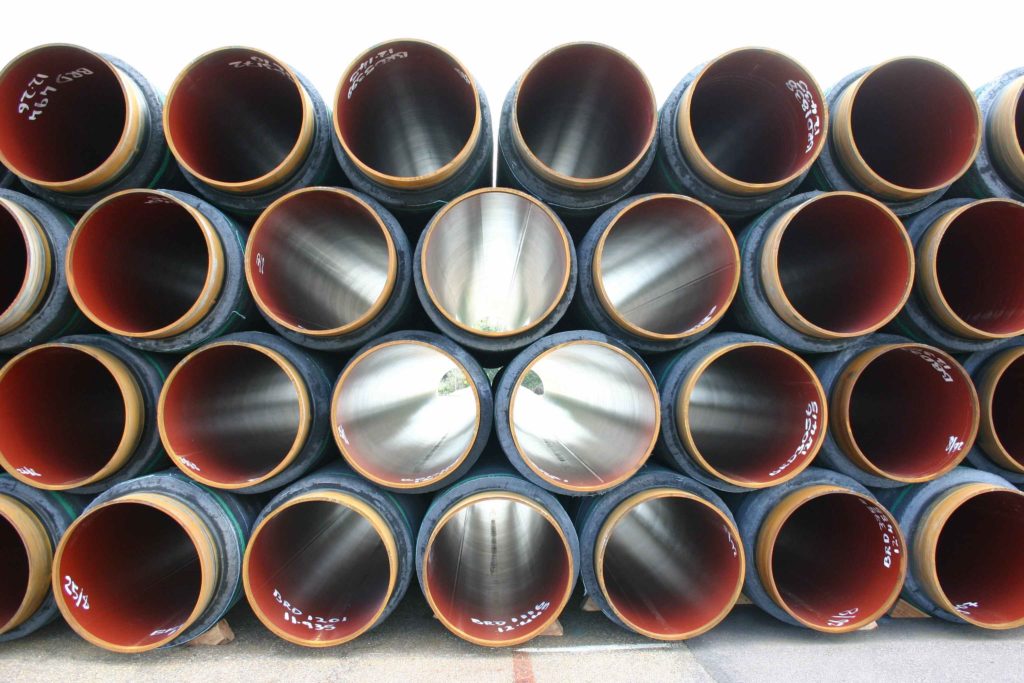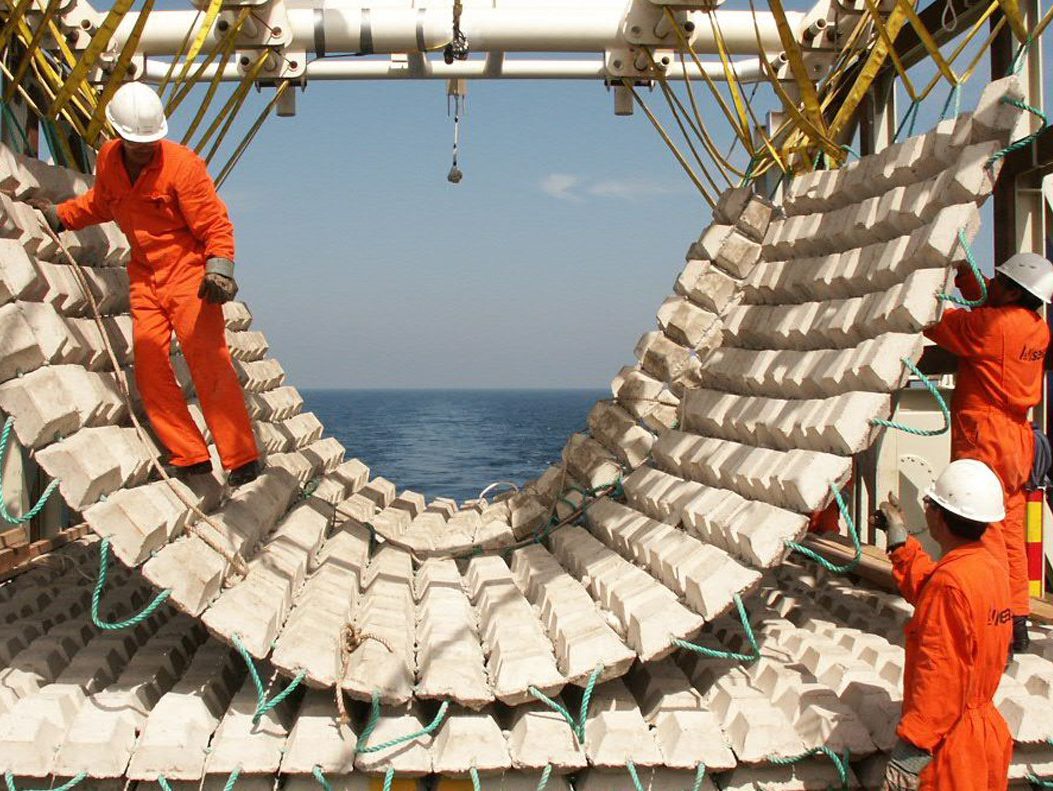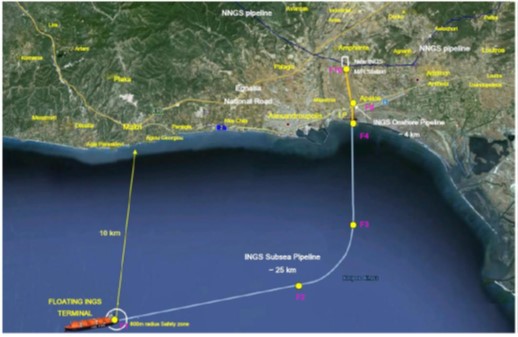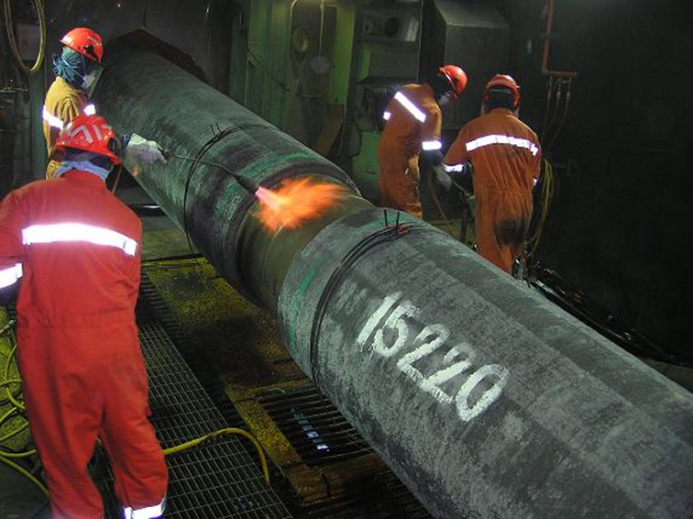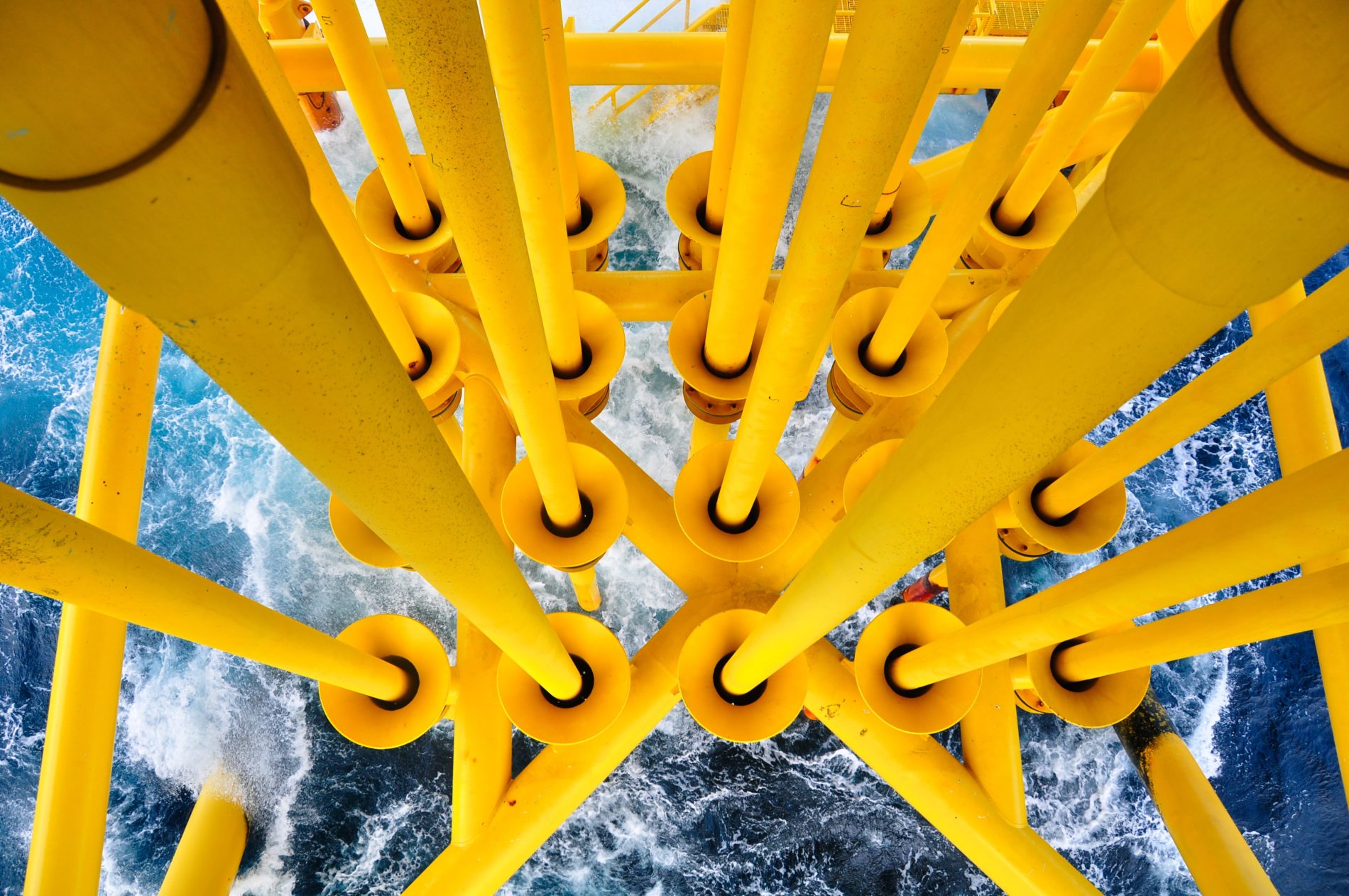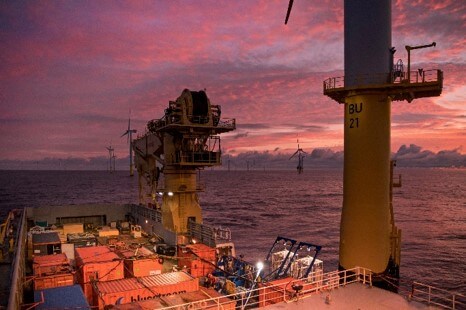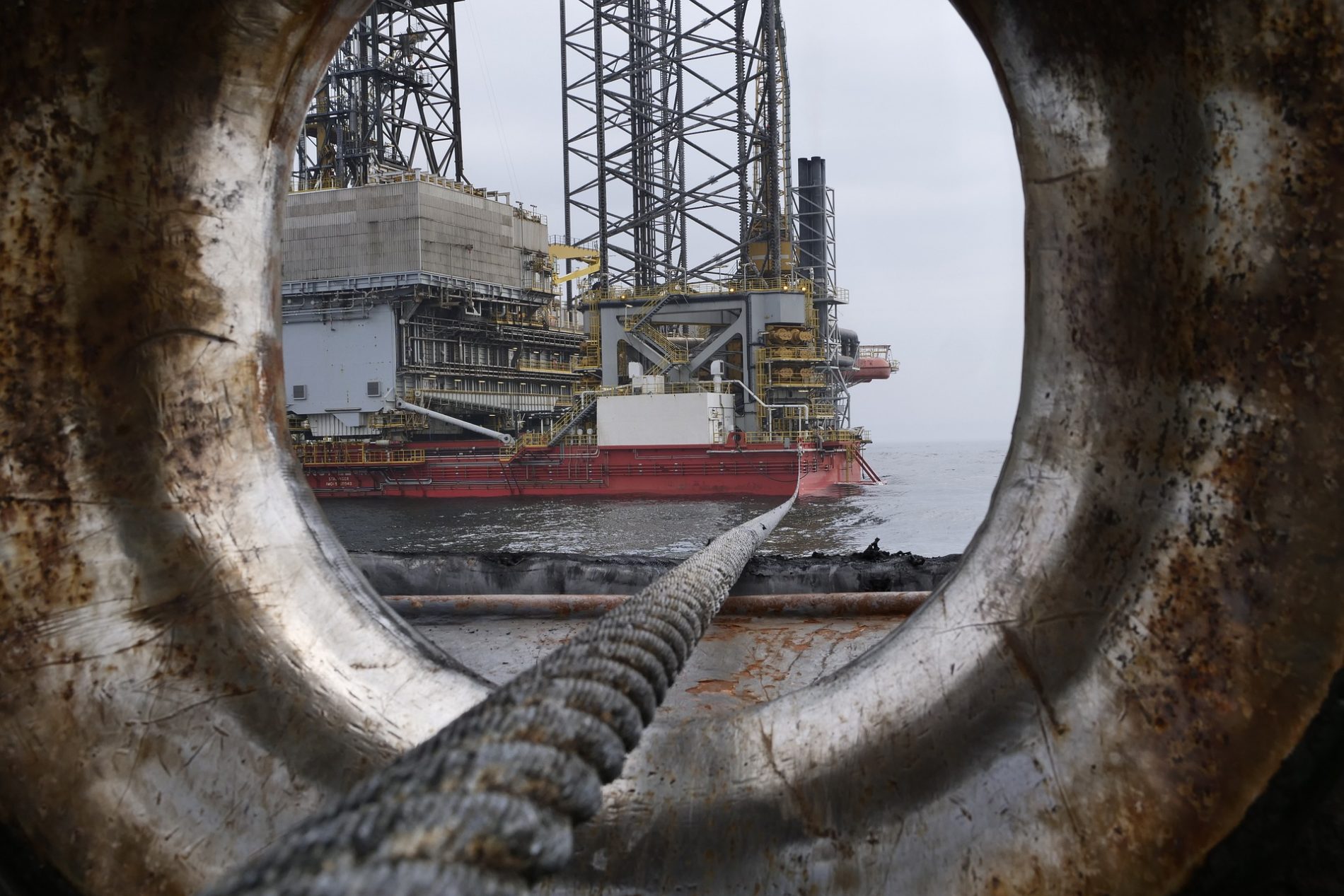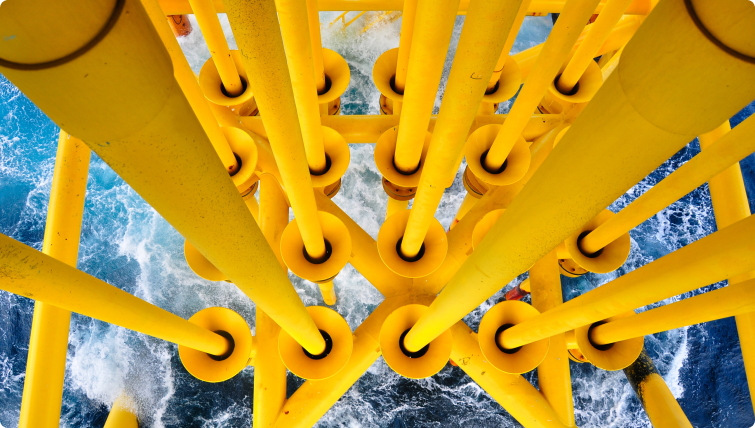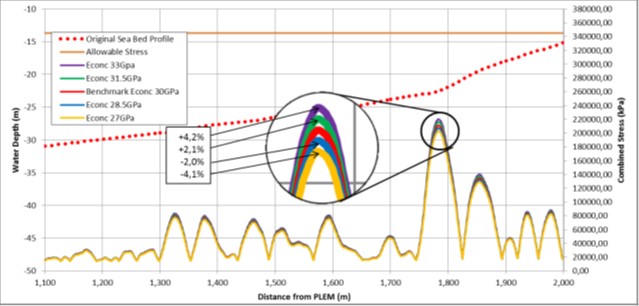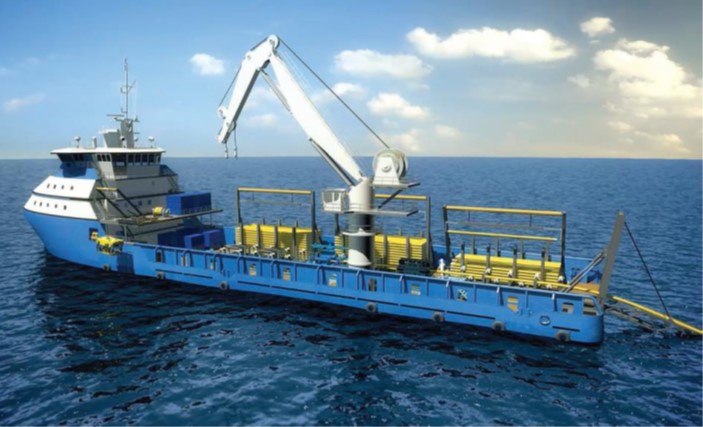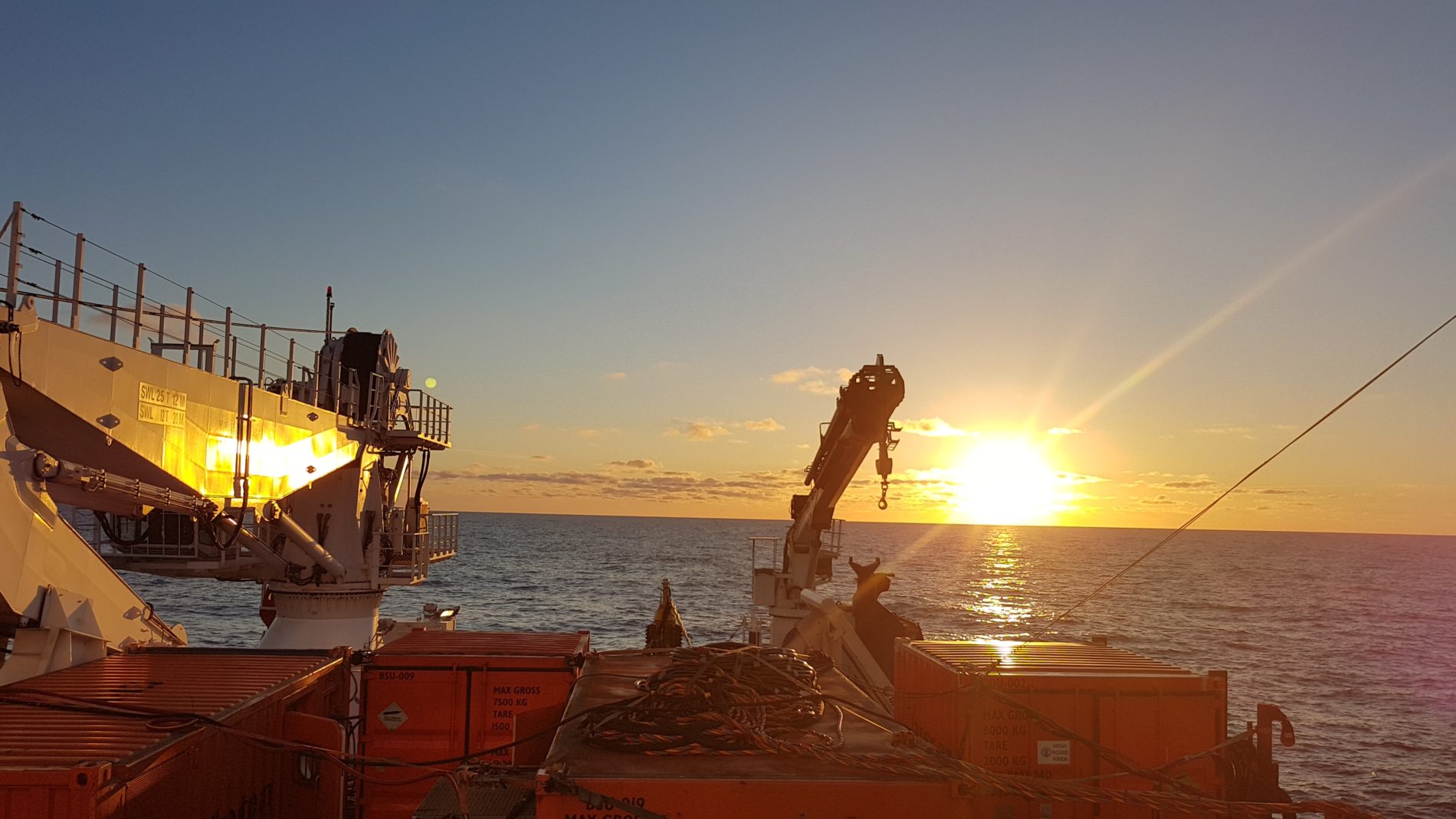Pipeline Design
Our pipeline designers translate the technical requirements into design drawings showing general arrangements as well as detailed information required for fabrication and installation of the pipeline systems.
- Field Layouts
- Alignment sheets
- Plot Plans, GA's and side views
- Landfalls
- Crossings
- Isometrics
- Detailed drawings
- Launchers, Receivers
- Steel Structures
Track record
Installation Engineering
Pipe lay operations require extensive preparations taking into account the properties of the pipeline materials, the selected pipe lay vessel, environmental loads and statutory requirements pertaining to the working area.
During pipe lay, a team of specialist engineers perform engineering calculations on the go to ensure a safe and efficient operation.
Installation Engineering may comprise:
- Installation Analysis (Static, Dynamic, Fatigue)
- Installation Methodology & Procedures
- Lay barge pipe lay equipment layout and specifications
- Welding, Non Destructive Testing and Field Joint Coating
- Lifting analyses, RAO’s, Anchor Patterns
- Quality Control, SIMOPS, HAZOP, HSE
- Landfalls, crossings, expansion spools, risers, tie-ins
- Fleet Management
- Vessel selection
- Stinger design / verification
- Logistics, permitting
- Installation Analysis (Static, Dynamic, Fatigue)
- Installation Methodology & Procedures
- Lay barge pipe lay equipment layout and specifications
- Welding, Non Destructive Testing and Field Joint Coating
- Lifting analyses, RAO’s, Anchor Patterns
- Quality Control, SIMOPS, HAZOP, HSE
- Landfalls, crossings, expansion spools, risers, tie-ins
- Fleet Management
- Vessel selection
- Stinger design / verification
- Logistics, permitting
Pipeline / SURF Engineering
Based on the major international pipeline codes we perform pipeline analysis with the latest finite element software packages, provide specifications to international standards and deliver state-of-the-art and cost effective designs.
Our capabilities include:
- Route Selection
- On Bottom Stability
- Seabed Roughness & Span Analysis
- Expansion & Upheaval Buckling Analysis
- Material selection (Line pipe, Coatings, Insulation, appurtenances)
- Pipeline sizing, & wall thickness determination
- Crossings and Landfalls
- Side taps, SSSV’s, Tie-ins
- PLEM / PLET
- Risk Analyses
- Expansion Spools, Risers & J-tubes, Riser Clamps
- Riser and Side Tap Protection Frames
- Corrosion Assessment & Cathodic Protection
- Route Selection
- On Bottom Stability
- Seabed Roughness & Span Analysis
- Expansion & Upheaval Buckling Analysis
- Material selection (Line pipe, Coatings, Insulation, appurtenances)
- Pipeline sizing, & wall thickness determination
- Crossings and Landfalls
- Side taps, SSSV's, Tie-ins
- PLEM / PLET
- Risk Analyses
- Expansion Spools, Risers & J-tubes, Riser Clamps
- Riser and Side Tap Protection Frames
- Corrosion Assessment & Cathodic Protection
Pre-commissioning & IRM Services
After the pipeline system is successfully installed it has to be demonstrated that the system is fit for purpose and be prepared for introduction of the medium to be transported.
Pre-commissioning usually consists of:
- Checking for dents and ovality by running a Gauging plate through the pipeline
- Filling with treated water
- Hydrostatic test to demonstrate the structural integrity
- Dewatering using air driven pigs
- Cleaning, brushing, removal of debris, possibly passivating and rinsing
- Drying to a specified dew point
- Preservation by corrosion inhibitor or nitrogen
OI field engineers are available to manage and monitor these activities.
- Checking for dents and ovality by running a Gauging plate through the pipeline
- Filling with treated water
- Hydrostatic test to demonstrate the structural integrity
- Dewatering using air driven pigs
- Cleaning, brushing, removal of debris, possibly passivating and rinsing
- Drying to a specified dew point
- Preservation by corrosion inhibitor or nitrogen
